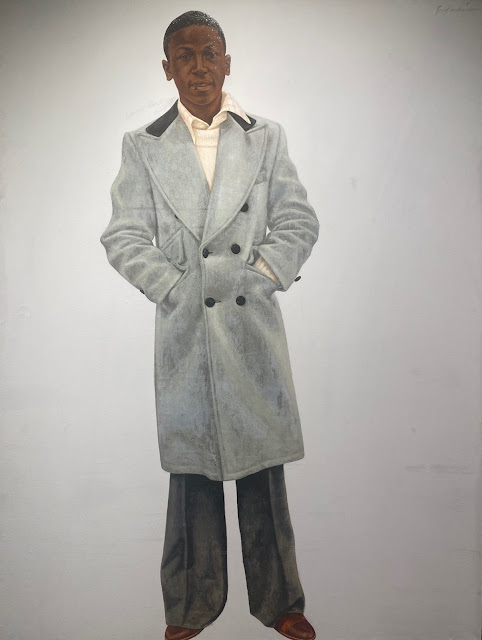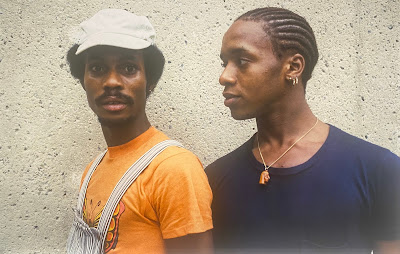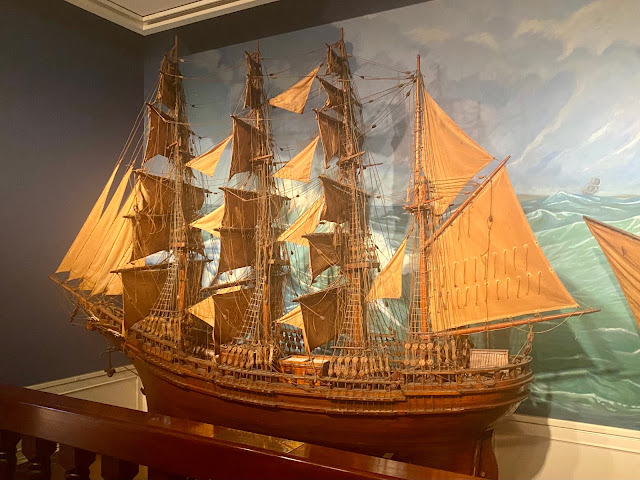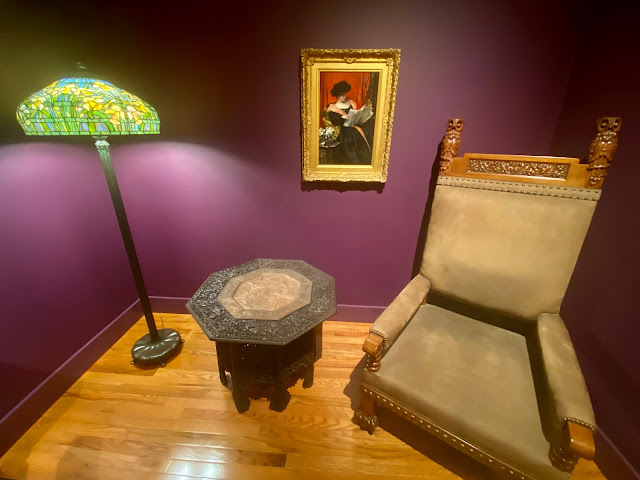In my fairly extensive reading of queer literature by privileged white men, I don't recall ever reading a novel about a character who returns to flyover country from New York (in this case, Ohio, not far from where David grew up) to die. But The Prettiest Star is much more than that: Carter Sickels examines the early impact of AIDS on a family in a small town where homosexuality is mostly unknown and never discussed, at a time when HIV was a death sentence that also outed you. More surprisingly he tells his beautifully observed novel not only from Brian's point of view, but also from the gradually empathetic perspectives of his mother and teenage sister, too. Jess, who once idolized her older brother, sums up their home life as only an adolescent can, when she notes her reluctance to return to their "den of dread." Yet she also becomes a vital member of "this strange family Brian has built."
As you might expect, the reception that Brian gets is nearly as horrifying as his disease. A thirty-year old episode of Oprah Winfrey gave Sickels the long-gestating germ of an idea for his novel when she interviewed a man with AIDS whose decision to use the public pool enraged a community. But Sickels also explores the kindness of gay men who never left there for the big city, like Andrew, who works in the men's department at Sears and lives in a trailer with his mother. These are heroes who never have gotten their due even within the gay community. Before Brian's illness, Andrew would have embarrassed him; now he offers companionship, home health care, even (safe) sex. With remarkable resonance, Sickels uses Bowie songs to title sections of the book (i.e. returning to Ohio is called "Life on Mars"). He calls this one--in which Brian meets Andrew while shopping with his beloved, God-fearing grandmother, a former Avon saleswoman--"All The Young Dudes."
Sickels also hits a grand slam with his depiction of Brian's love for Travis, a now remote and mostly silent father who has been gobsmacked by the spoken revelation of his son's homosexuality. But first, they briefly renew their bond while watching a Cincinnati Reds game:
When the Reds scored, my father looked over, forgetting for a moment his son’s a faggot, and gave me a thumb’s up. When I was little, prancing around to Dolly Parton, my grandmother egging me on as I flipped my pretend long, beautiful hair, I caught my father’s embarrassment, how could I not? For him, I learned to speak the language of baseball.
Travis gets his own, brief section ("Sorrow") near the end of the book. To Sickels's credit, there is no deathbed reconciliation, just the tacit acknowledgement that a man like Travis wasn't capable of giving his son the acceptance he wanted. That's not to say Brian doesn't get what he needs when he, like so many of my peers, leaves earth behind for good in "Starman."
Prepare to weep--it's poetry.



































































